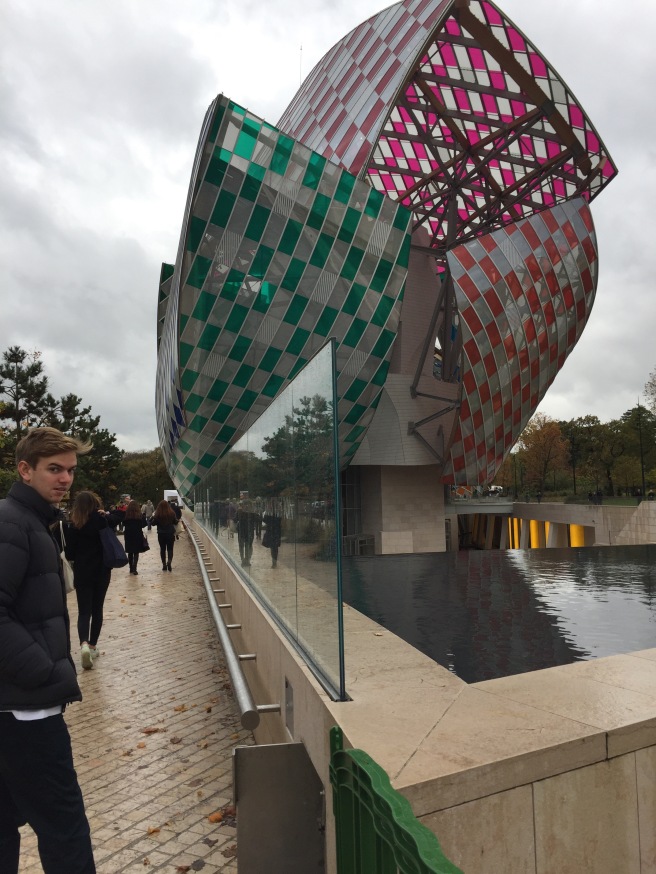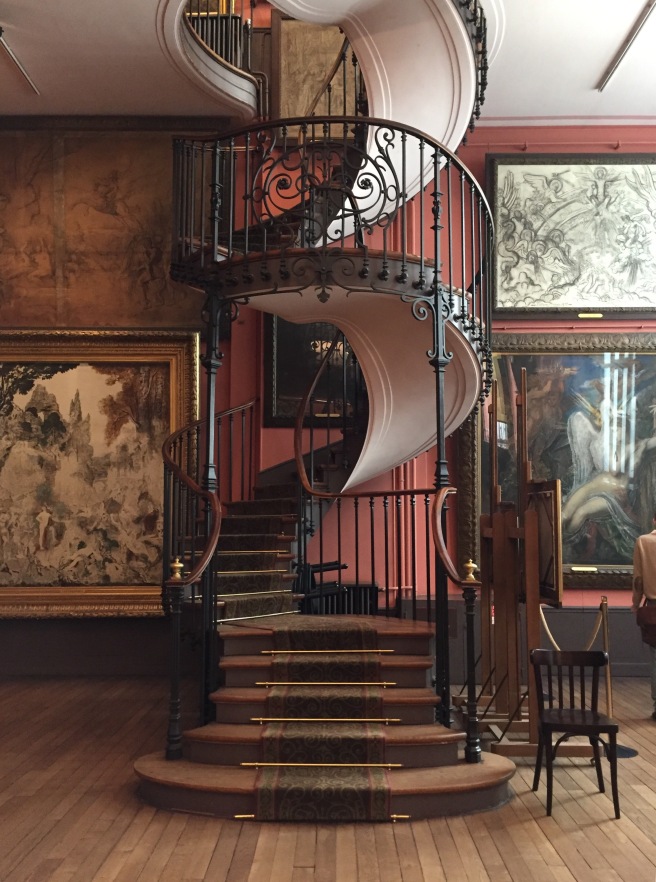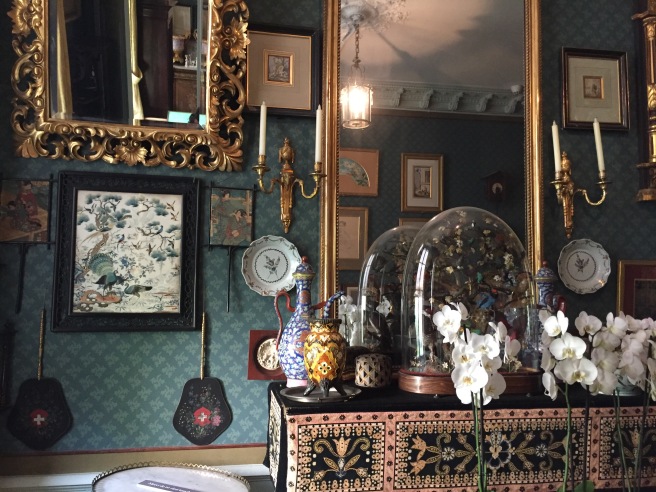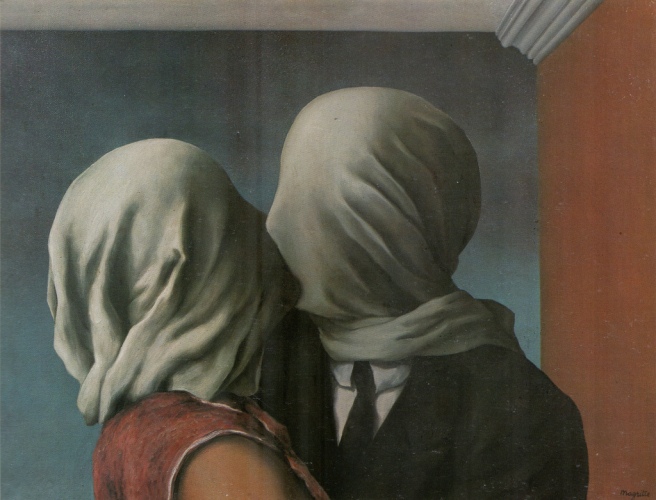As mentioned in my previous post here is a poem by Valeria Bruni Tedeschi which Maurizio Cattelan named his exhibition after at Monnaie de Paris. Enjoy x
Not Being Afraid of Love
Sitting opposite him in a cafe and realising it’s over.
Standing up and walking slowly away.
Walking down the street, distraught.
Unable to bear the sky being so blue and the trees in bloom.
Calling, late at night. Nothing.
Calling, at daybreak. Nothing.
The nothingness of the empty apartment.
Thinking of the other woman as white cloud.
Going into the bathroom.
Silently screaming.
Curled up.
Numb.
A shadow of your former self.
A tiny, inconsolable baby.
Telling yourself that nothing is ever lost.
Telling yourself over and over again, for years, hidden away from the world, through thick and thin.
Smiling this way and that way.
Thinking of the other woman life you might pick at a wound, painfully and with hateful euphoria.
Sleeping around here and there.
Sleeping alone.
Growing old alone.
Seeing him again.
Laughing at his jokes, just like in the good old days.
But actually, no.
Checking, and checking again, endlessly checking, that it’s over.
Thinking that the world is a desert without flowers or water.
That the night has lost its stars.
Having a house, water, flowers on the balcony, and a shriveled heart.
Not being afraid of love.
And if I had to start over, I would do it all again.
For these pieces of eternity.
For paying tribute to eternity.
Burn in the fires of hell instead of regretting.
Pick up your bag, stand up and walk away slowly.




























